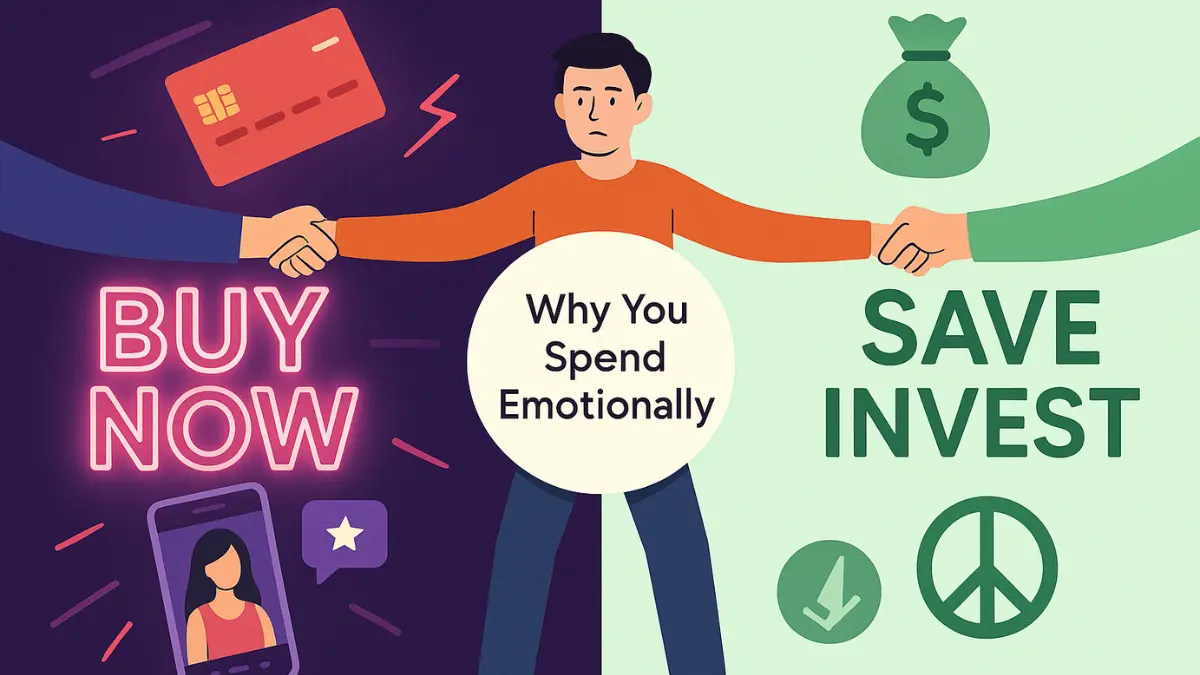In today’s fast-paced, tech-driven world, most people rarely use physical cash. Credit cards, mobile wallets, and one-tap purchases have become the norm. But this shift in how we spend has deep psychological implications. Credit money not only changes how we pay, but also how we think, feel, and behave with our money.
In this blog, we’ll explore how digital spending affects human behavior, the hidden risks of credit usage, and how you can build smarter, more mindful financial habits.
1. What Is Credit Money?
Credit money is any form of money that represents a promise to pay, rather than physical cash. This includes:
Credit cards
Buy Now, Pay Later (BNPL) services
Digital wallets with credit lines
Mobile-based UPI credit solutions
These tools offer convenience, flexibility, and often rewards — but they also disconnect us from the emotional weight of spending.
2. The Disconnect Between Spending and Emotion
Studies show that people feel more “pain” when they spend physical cash than when they use cards or digital payments. This concept is called the “pain of paying.” When we pay with cash, we feel the loss more intensely. But when we swipe or tap a card, the psychological pain is significantly reduced, making it easier to overspend.
The result? We often spend more when using credit or digital payments than we would with cash.
3. Instant Gratification and Impulse Buying
Digital payment systems promote instant gratification. One-click ordering, auto-filled payment details, and BNPL schemes make it easier to buy now and think later. This environment encourages:
Impulse buying
Short-term pleasure over long-term financial planning
Accumulation of unnecessary debt
Marketers and platforms design experiences to be seamless — not to help you save, but to keep you spending.
4. The Illusion of Affordability
Credit money often creates the illusion that we can afford more than we actually can. When monthly payments are broken into smaller installments or delayed entirely, it’s tempting to believe a purchase is manageable — even if it’s not.
This illusion can:
Reduce the perceived cost of large purchases
Increase the risk of falling into revolving debt
Undermine budgeting efforts
5. How to Stay in Control
Despite the psychological traps, credit money can be used responsibly. Here are practical strategies:
Track Your Spending
Use budgeting apps or spreadsheets to monitor every purchase, especially those made with credit.
Set Spending Limits
Manually set limits on your credit cards or within payment apps to keep impulse buying in check.
Pause Before You Buy
Implement a 24-hour rule for non-essential purchases. It creates space for logic to override emotion.
Pay in Full and On Time
Never carry a balance unless absolutely necessary. Interest charges quickly erase the convenience of credit.
Understand Your Triggers
Know what emotional states (stress, boredom, excitement) make you spend more, and create non-spending coping strategies.
6. Building a Healthier Relationship with Credit
Credit isn’t inherently bad — in fact, when used wisely, it can build your credit score, offer rewards, and help manage cash flow. The key is to build a conscious relationship with your spending habits.
This means:
Being aware of how and why you spend
Avoiding emotional spending
Choosing credit tools that align with your long-term financial goals
Conclusion
The shift to digital and credit money has fundamentally changed our relationship with spending. While the tools are convenient, they also come with psychological challenges that can lead to financial stress if left unchecked.
By understanding the behavioral science behind credit usage, you can take back control, spend smarter, and build a financially secure future — even in a world where cash is no longer king.







